Dispelling Myths & Misconceptions about Self-Harm
March is Self-Harm Awareness Month. While created to raise awareness and provide support to those who struggle with it, self-harm unfortunately remains a highly taboo topic.
Self-harm is often widely misunderstood and stigmatized by social media and society as a whole. One of the best ways to end this stigma is by providing education and dispelling the myths that exist.
Here are some common beliefs that exists about self-harm and the truth behind each:
Common Belief: People who self-harm are just seeking attention.
Self-harm is a coping strategy that people use for emotional distress. In addition, many people who self-harm do so discreetly and attempt to conceal their scars from public view to avoid judgments like this.
When we negate the reasoning behind why people self-harm, they will become less likely to share those struggles with us and ultimately receive help. Understanding self-harm can be complicated, but it is something that should be taken seriously.
Common Belief: All people who self-harm do so as a suicide attempt.
For many people, self-harm is a coping strategy. Repeated self-harm creates an adrenaline rush that often becomes addicting, comforting, and impulsive, leading people to do it for many years.
According to an excerpt from Healing Self-Injury: A Compassionate Guide for Parents and Other Loved Ones, “only 36% of adults who self-injure in the United States reported having ever felt suicidal while engaging in self-injury, meaning that the majority of individuals who injure have never felt suicidal while engaging in self-injury.”
Sometimes, people may do more harm than intended, leading to medical complications or death.
To learn more about non-suicidal self injury and how to respond to someone using it as a coping mechanism, take a look at the educational material provided on our website.
Common Belief: Only teenagers engage in self-harm.
While self-harm is often more common among teens, this coping strategy is not limited to any age group, race, or gender.
According to an article from the American Association of Suicidology’s Suicide and Life-Threatening Behavior journal, nonsuicidal self-injury prevalence was 17.2% amongst adolescents, 13.4% amongst young adults and 5.5% amongst adults.
It is important that we use data as a tool to see who needs help instead of minimizing people’s experiences and further stigmatizing them.
Self-harm may be an uncomfortable topic, however, it is a necessary one in the larger conversation on mental health awareness. It is important to be able to navigate people’s current coping strategies so that we can provide safer alternatives. Remember, do not police someone’s recovery and continue to be patient and kind as you or someone you love continues on their mental health journey.
Are you interested in continuing to have conversations like this? Visit peervention.org and reserve your seat for one of our upcoming free, digital mental health education sessions.

